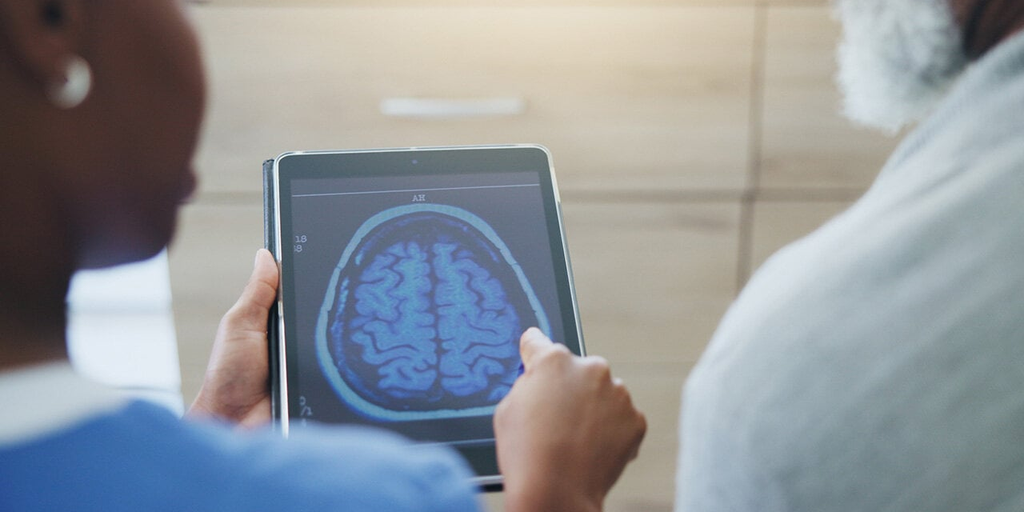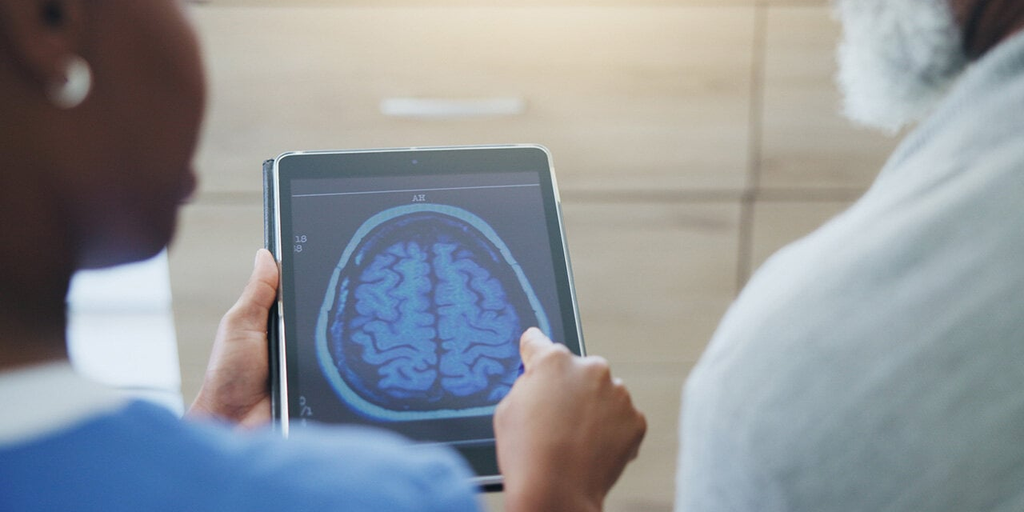Cryptocurrency Prices by Coinlib

AI Restores Speech to Paralyzed Stroke Survivor After Many years of Silence – Decrypt

After 18 years with out speech, a girl paralyzed by a stroke has regained her voice via an experimental brain-computer interface developed by researchers on the College of California, Berkeley, and UC San Francisco.The analysis, revealed in Nature Neuroscience on Monday, utilized synthetic intelligence to translate the ideas of the participant, often known as “Anne,” into pure speech in actual time.“Not like imaginative and prescient, movement, or starvation—shared with different species—speech units us aside. That alone makes it a captivating analysis subject,” Assistant Professor of Electrical Engineering and Pc Sciences at UC Berkeley, Gopala Anumanchipalli, informed Decrypt. “It’s nonetheless one of many massive unknowns: how clever conduct emerges from neurons and cortical tissue.”The research used a brain-computer interface to create a direct pathway between Anne’s mind's electrical alerts and a pc.As Anumanchipalli defined, the interface reads neural alerts utilizing a grid of electrodes positioned on the mind's speech middle.“But it surely turned clear there are situations—like ALS, brainstem stroke, or damage—the place the physique turns into inaccessible, and the particular person is ‘locked in.’ They’re cognitively intact however unable to maneuver or converse,” Anumanchipalli stated.Anumanchipalli famous that whereas important progress has been made in creating synthetic limbs, restoring speech stays extra advanced.“Each are motor techniques, however limb motion is an easier downside than mouth motion, which entails extra joints and muscle mass,” he stated. “Arm restoration can be one thing we pursue.”Machine studying and synthetic intelligenceEmphasizing the significance of speedy responses in dialog, Anumanchipalli stated that with machine studying and {custom} AI algorithms, the brain-computer interface transformed Anne’s mind alerts into speech inside a second utilizing an artificial voice generator.“We recorded Anne’s makes an attempt and used audio from earlier than her damage—her marriage ceremony video. It was a 20-year-old clip, however we digitally recreated an artificial voice,” Anumanchipalli stated. “Then, we matched her mind’s try to talk with that voice to generate artificial speech.”Whereas know-how enabled Anne to talk, Anumanchipalli gave her credit score for doing probably the most troublesome a part of the method.“The actual driver right here is Anne. Her mind does the heavy lifting—we’re simply studying what it’s making an attempt to do,” Anumanchipalli stated. “AI fills in some gaps, however Anne is the principle character. The mind developed over tens of millions of years to do that—fluid communication is what it was constructed for.”Anne’s breakthrough is a part of a broader motion in brain-computer interface analysis, which has attracted main gamers in neuroscience and tech, together with Elon Musk’s Neuralink.On Wednesday, Neuralink opened its affected person registry to the corporate’s PRIME Examine to candidates worldwide.Somewhat than counting on publicly out there synthetic intelligence fashions, the workforce constructed a system from the bottom up particularly for Anne.“We haven’t used something off the shelf. Every little thing we’re utilizing is custom-made for Anne. We’re not licensing AI from another firm,” Anumanchipalli stated.“We’re AI engineers and scientists—we design our personal work, custom-made for Anne. AI as a black field isn’t applicable, particularly in healthcare, the place one dimension doesn’t match all. We have now to reimagine and custom-make options for every particular person.”Privateness, a high priorityAnumanchipalli stated constructing a proprietary AI was not solely about specialization however preserving person privateness as effectively.“The purpose is to protect privateness. We’re not sending her alerts to an organization in Silicon Valley. We’re designing software program that stays together with her,” he stated. “Ultimately, this shall be a standalone system, powered by her personal physique, working regionally—so nobody else controls what she’s making an attempt to say.”Anumanchipalli highlighted the significance of public funding in growing brain-computer interface analysis.“Initiatives like this drive innovation past what we will think about, with downstream functions. Federal funding from the U.S. Nationwide Institutes of Well being and Nationwide Institute on Deafness and Different Communication Issues made this potential,” he stated. “Philanthropic and personal funding can be welcome to push it ahead. That is the frontier of what we will obtain collectively.”Trying to the long run, Anumanchipalli hopes researchers will double down on efforts to return speech utilizing know-how.“Thankfully, the hassle has acquired sturdy help. I hope the human ingredient stays central,” he stated. “Individuals like Anne have volunteered their effort and time into one thing that doesn’t promise them something however explores therapies for others like them—and that’s necessary.”Edited by Sebastian SinclairGenerally Clever NewsletterA weekly AI journey narrated by Gen, a generative AI mannequin.
